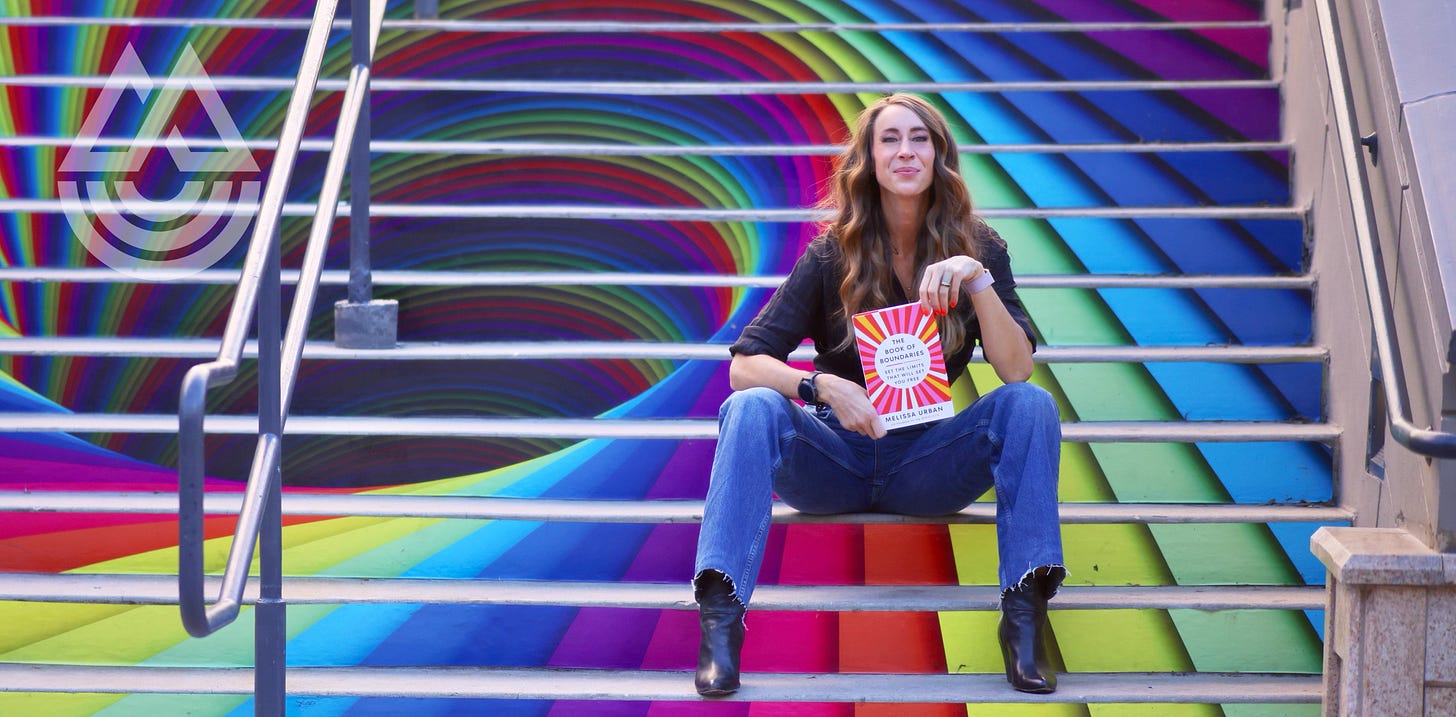WWMUD: How to want to have more sex, part 2
You WANT to have sex—but you don't want to have sex. Desire types, arousal types, and putting it all together
“Dear MU, Having sex when my mental health is off-kilter is a challenge for me; at that point, sex is the last thing I’m craving. (Sometimes having sex when my mental health is totally fine can be a challenge). I’m curious, Melissa, if the drive comes naturally to you during these times, or if you have to tackle it like the gym, or give yourself a pep talk that this is ultimately a good thing to check off your wellness list?” —Heather, subscriber
In Part One of this 2-part series, I talked about the difference between desire and arousal, the two different Desire types, the five different Arousal types, and gave you some homework to help you get to know yourself better and learn more about what makes you feel sexy, gets you in the mood, and helps you feel aroused. (If you haven’t read that yet, please go back—you’ll need it for this part.)
Today, I’ll share more about my Responsive desire type, how I’ve taken matters into my own hands (sometimes literally) to help me “prime the pump” for some of the hottest sex I’ve ever had, and how you can do the same.
Definitions
As a reminder, here is the difference between desire and arousal:
Sexual desire: Also known as libido; having an interest in engaging in sexual activity. A mental process; how often you think about or want sex.
Sexual arousal: How excited or turned on you get when you anticipate sex or engage in it. A physical process, as evidenced by the changes that occur in your body and genitals.
Arousal Type
Let’s also revisit the five Arousal Types, according to relationship and sex therapist Petra Zebroff, PhD:
Sensualist: You’re into erotic touch, sight, smell, sound, and taste. Making out, your partner’s touch, a musky candle, a sexy song, dirty talk, flavored massage oil, or the feel of silky sheets all turn you on.
Behavioralist: You have specific tastes and know what you like, and it often requires imagination and thinking about the act of sex. You may be into sex toys, porn, spicy books, erotic podcasts, role playing, and trying new things in the bedroom.
Intimate: You need to feel close to your partner—a deep emotional connection is what really turns you on. Long conversations, undivided attention, and sharing vulnerably gets you in the mood to connect physically too.
Attractor: You get turned on when you’re turning your partner on, and you like to feel pursued. You’re into sexy lingerie, a little teasing, taking the lead, making them wait—the more excited they get, the more aroused you get.
Equalist: You might be a mix of all four! Maybe different moods call for different forms of stimulation, or you just like exploring all aspects of sensuality.
Also note that different sex educators categorize arousal types differently. For example, Doctor of Human Sexuality Emily Morse adds an “Adventure” type to her list. The more time you spend on what actually turns you on, the easier it will be to translate that knowledge into action… hot, satisfying action.
You might want to open a private internet browser for this next part.




